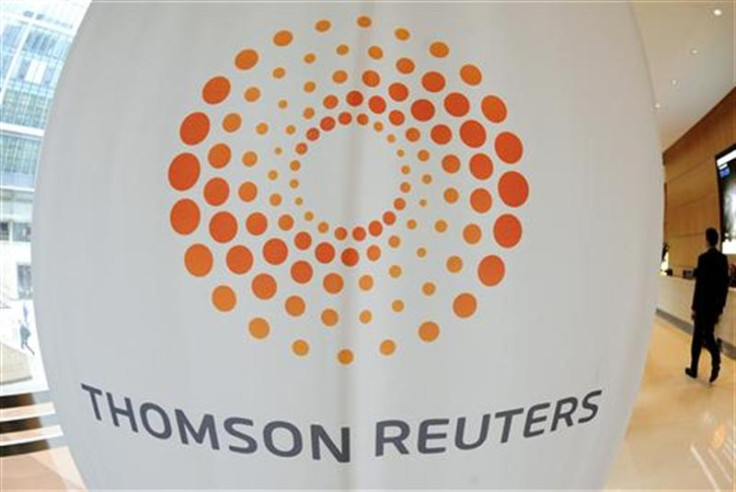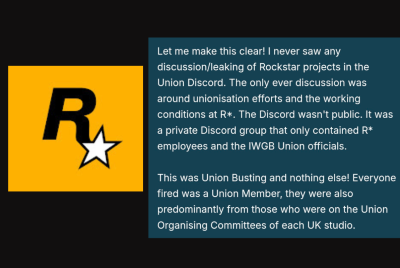Thomson Reuters big data Knowledge Graph delivers social network for finance
The Knowledge Graph uses a common language of Permanent Identifiers which connect some two billion relationships.

Financial news giant Thomson Reuters has released its Knowledge Graph Feed, a way of instantly visualising the connections between lots of data sources, which it describes as "the first financial social network".
The Knowledge Graph system is an open source, standardised data modelling system composed of Permanent Identifiers (PermID) which connect some two billion relationships.
Geoffrey Horrell, director, Product Incubation Financial and Risk, Thomson Reuters, explained: "What we are delivering is like a social network but it's the first financial social network. So you can ask, what are the strategic relationships around the companies and people that you do business with; who are all the officers and directors, who are their suppliers, competitors, associates, affiliates.
"People have talked about graphs but none of the content providers have really published all their data and all their taxonomies and definitions in this graph format before. The Knowledge Graph Feed is the first RDF (Resource Description Framework) graph format for financial markets."
One of the problems typically encountered concerns data silos, which TR addresses with a common language to define public data and its relationships which it says is much more useful than the old paradigm of text search. The Knowledge Graph Feed provides fast insights: something which might take an analysts a few hours to search out and decipher becomes instantaneous.
The Knowledge Graph will sit alongside TR's other big data frameworks and natural language processing systems, providing an index of real objects in the financial world and the relationships between them, which can also carry scores according to their level of importance; it's a continually updated foundation that customers can build on.
Horrell said: "It's really about giving importance to the relationships between things. In a relational database, there are rows and columns and tables; in a graph you have objects and relationships and the relationships are as important as the objects and so I can search across relationships."
Currently, the Knowledge Graph contains seven content sets including: equity instruments and quotes, organisations, industry classifications, joint ventures and strategic alliances, supply chain, related companies and competitors and a comprehensive range of financial taxonomies and metadata. Over time, additional content will be added, said a statement from TR.
The Knowledge Graph feed is accessible via an API for delivery to customers' on premise or cloud infrastructures, and is constantly refreshed as new entities and relationships are discovered.
Horrell provided an example from the deeply integrated world of supply chain. "Let's say Airbus cancels some orders; the 380 is not doing well. Now, what's the second or the third order impact of this?
"So, who are the suppliers to airbus; who supplies airbus with aluminium for instance? You could see Constellium is the supplier, and they also supply BMW. Now, let me just check who is more important to them, Airbus or BMW."
"The graph will quickly tell you that, and direct you to where to focus further research. From a standing start it might take an analyst three or four hours to research this, but with the graph they could probably answer most of these questions within a few seconds."
Thomson Reuters will be talking about big data at Newsweek's AI and Data Science in Capital Markets conference on December 6-7 in New York, the most important gathering of experts in Artificial Intelligence and Machine Learning in trading. Join us for two days of talks, workshops and networking sessions with key industry players.






















